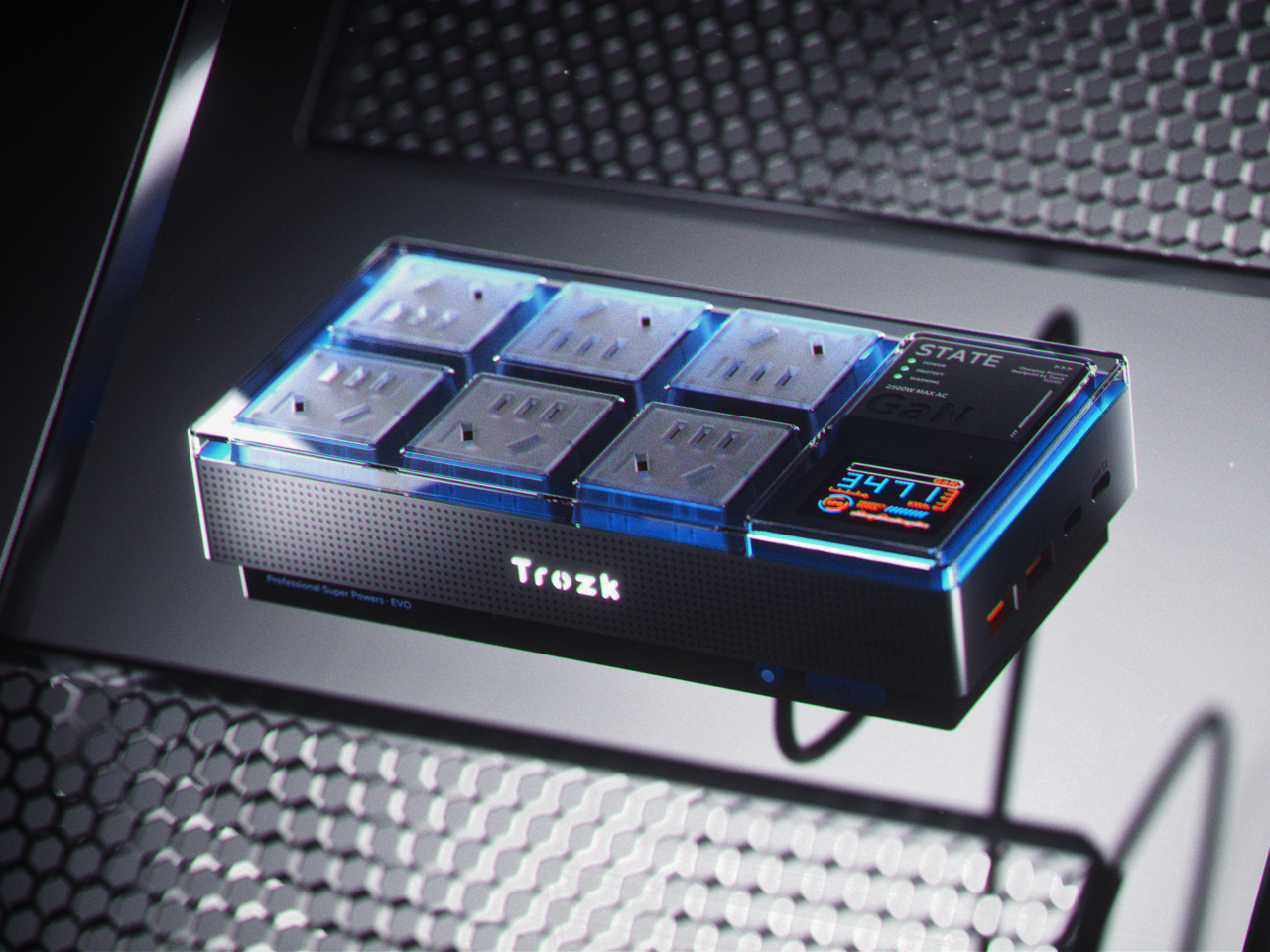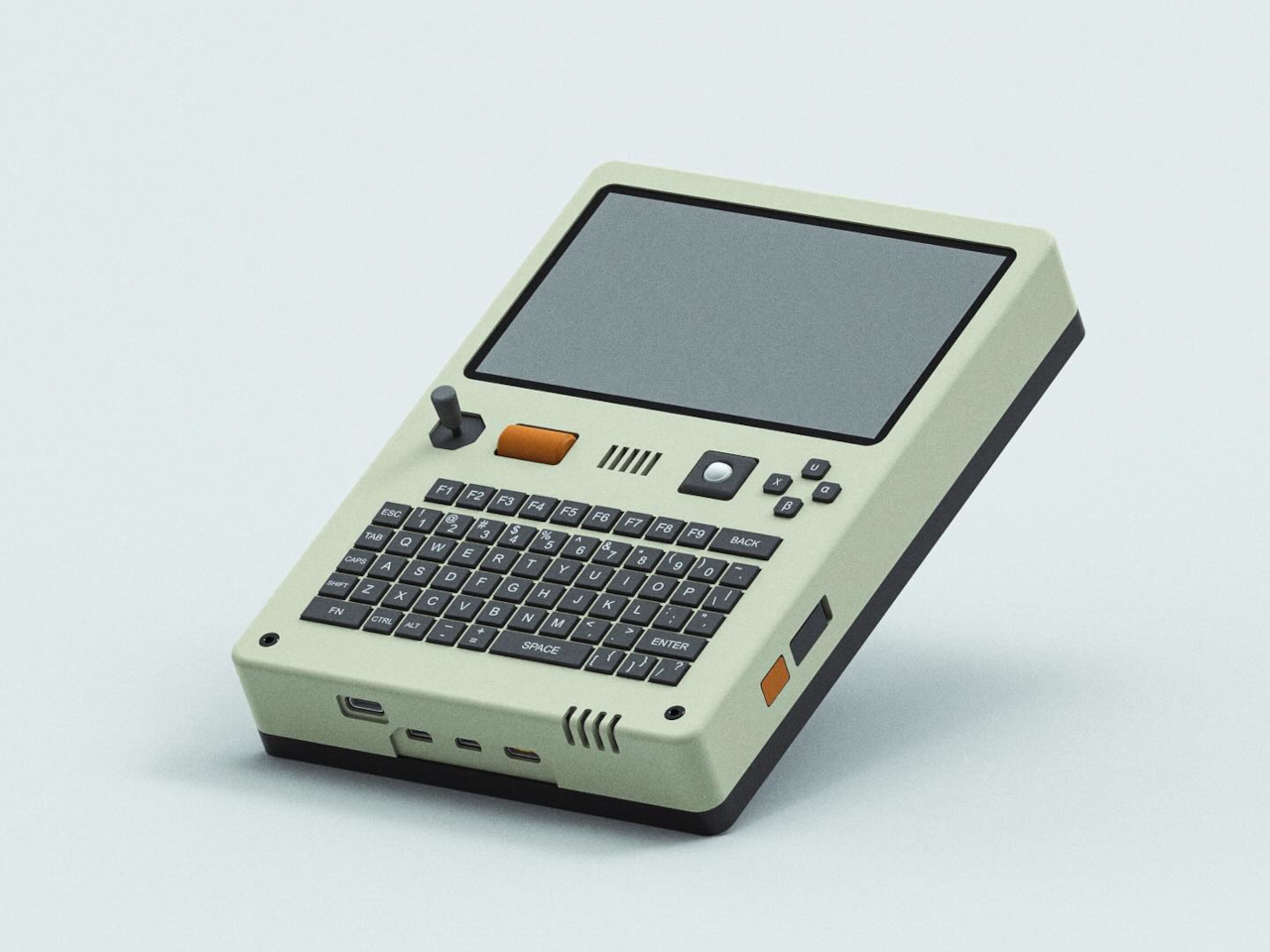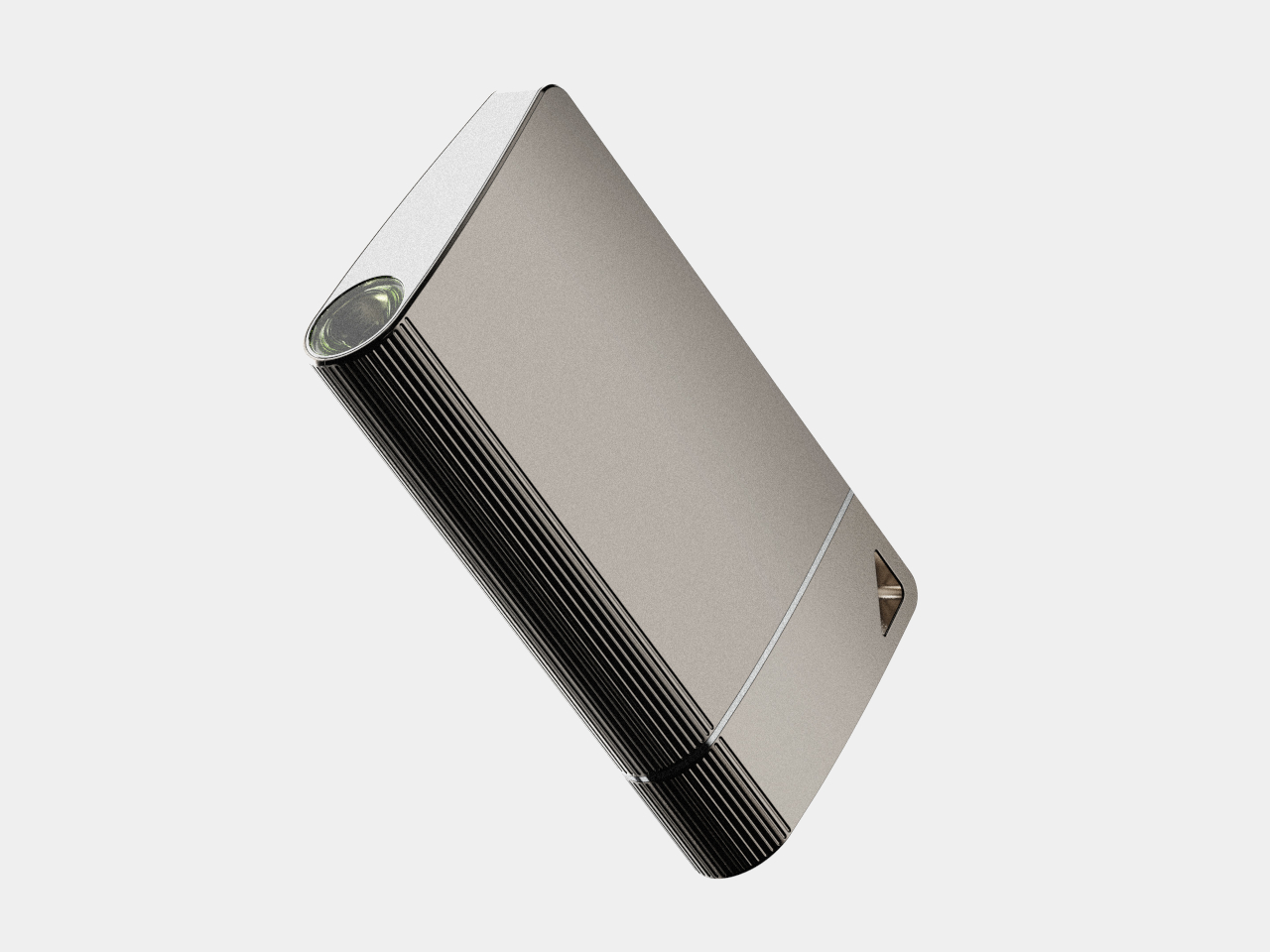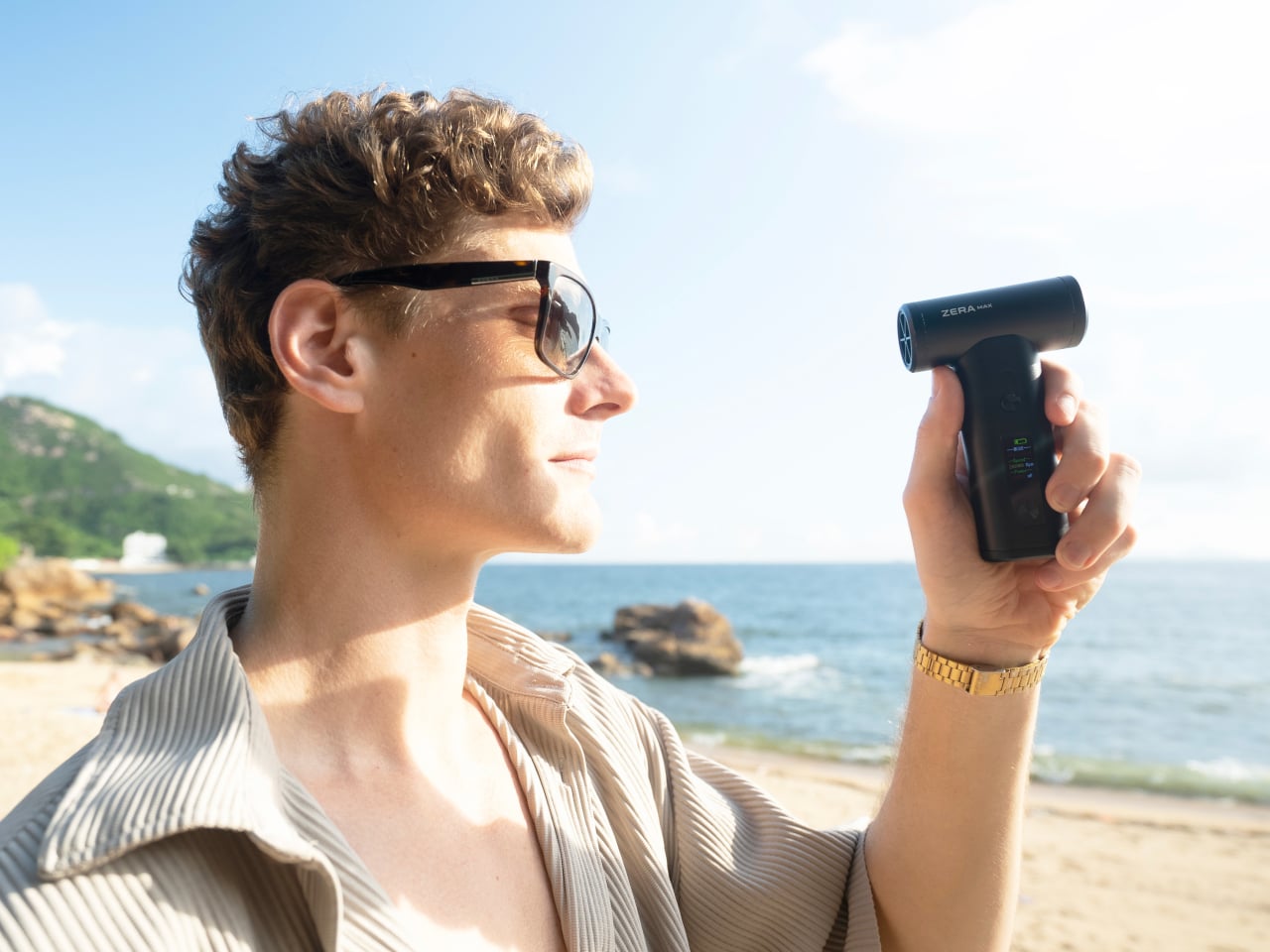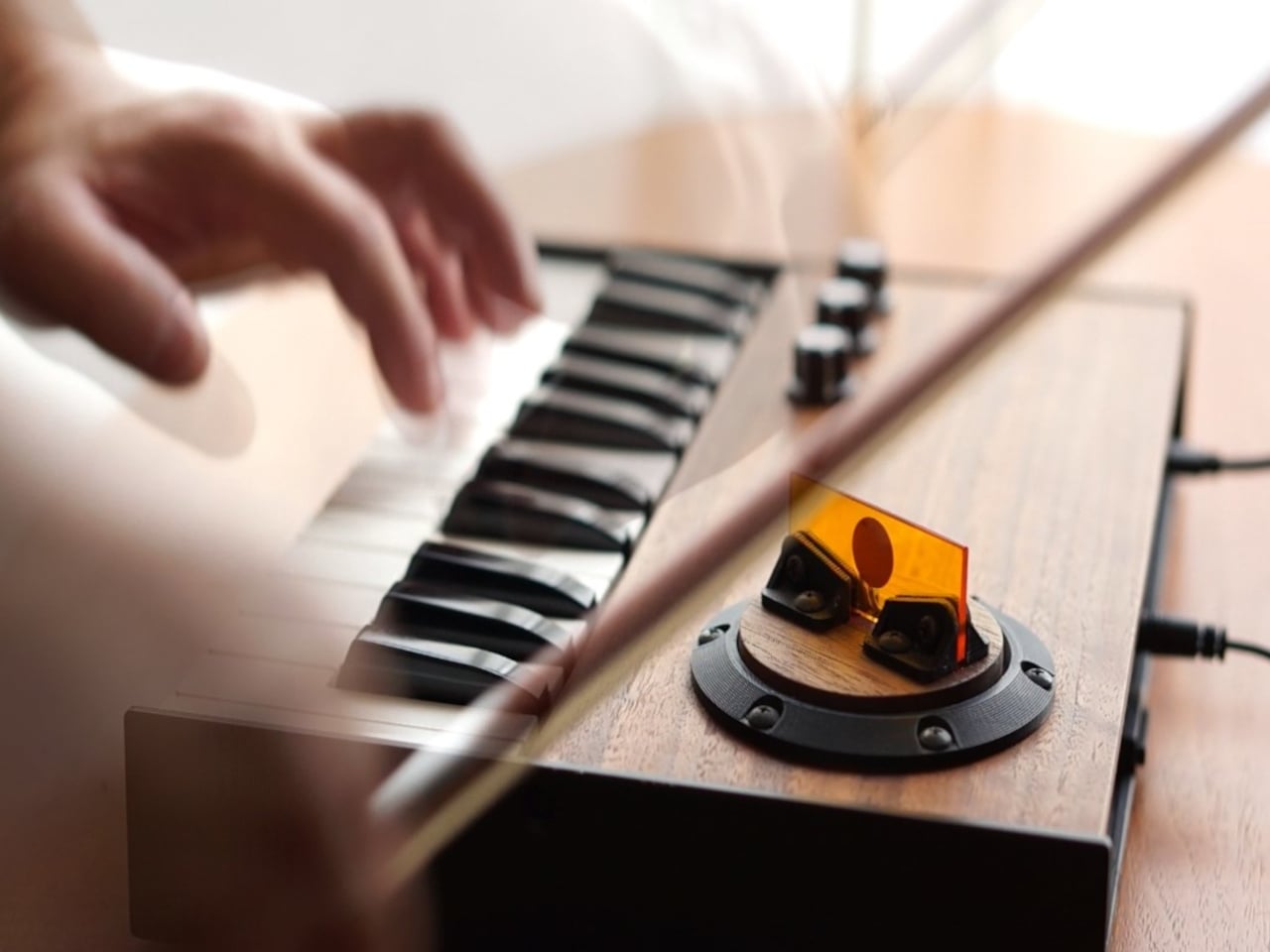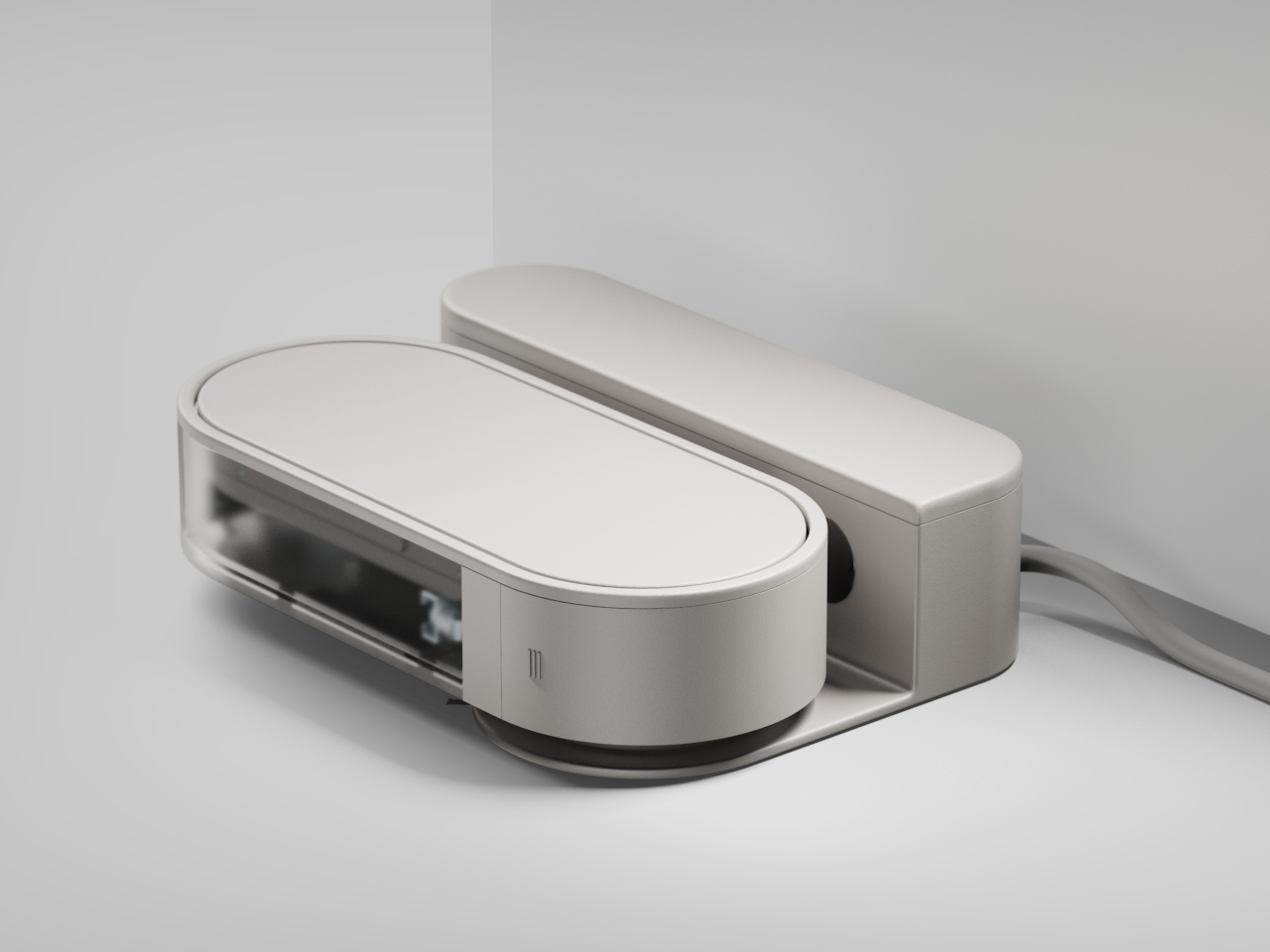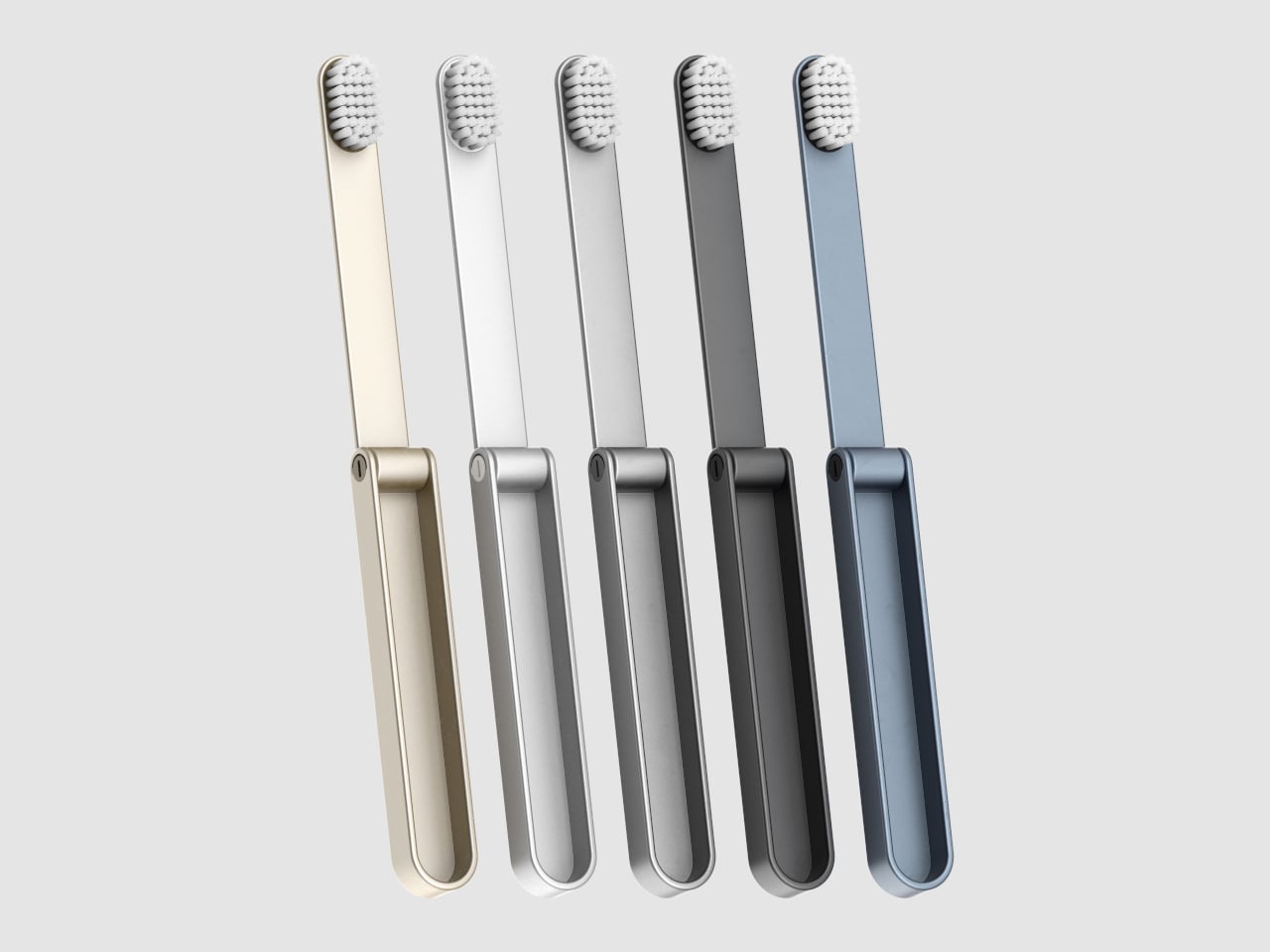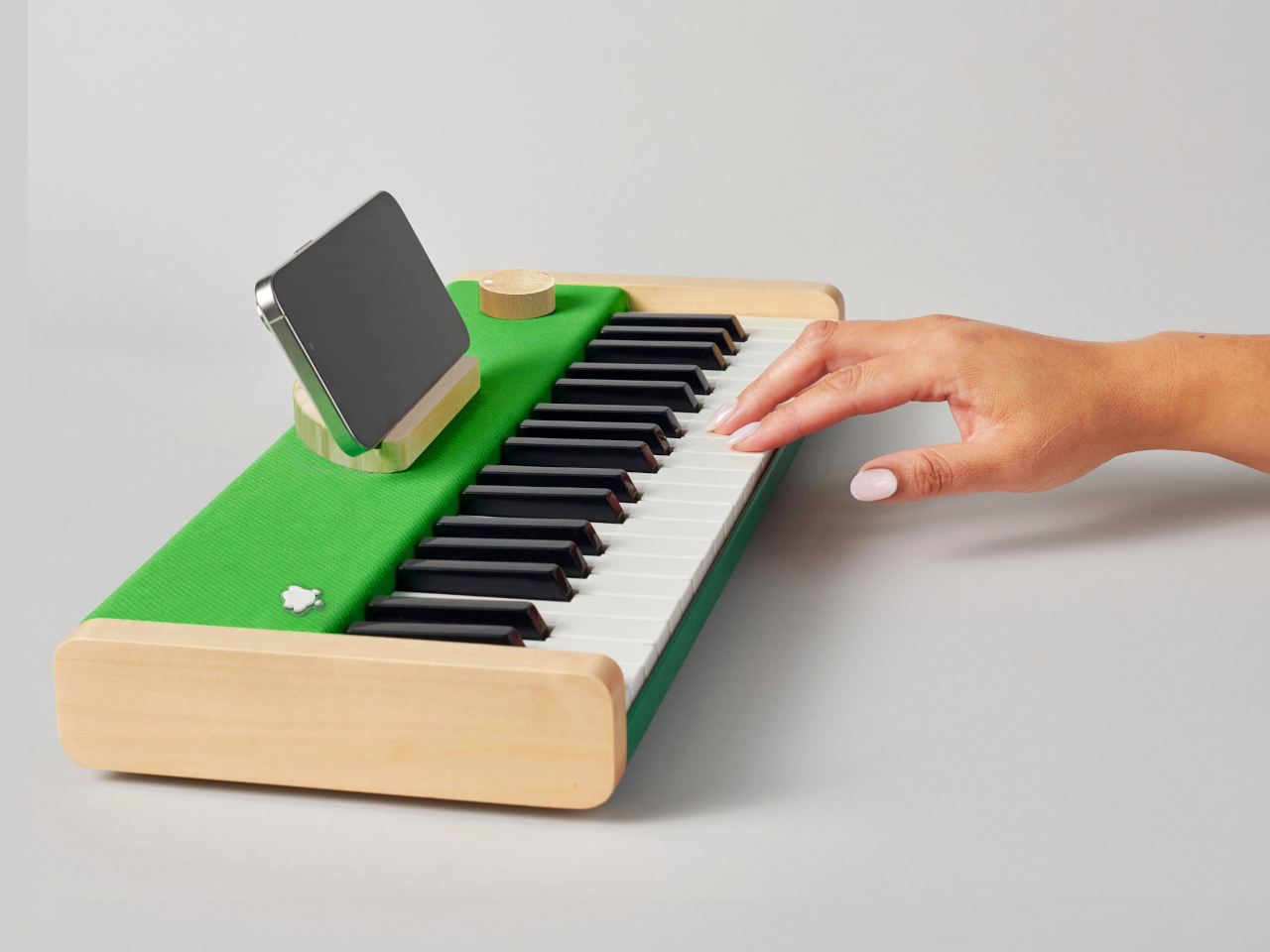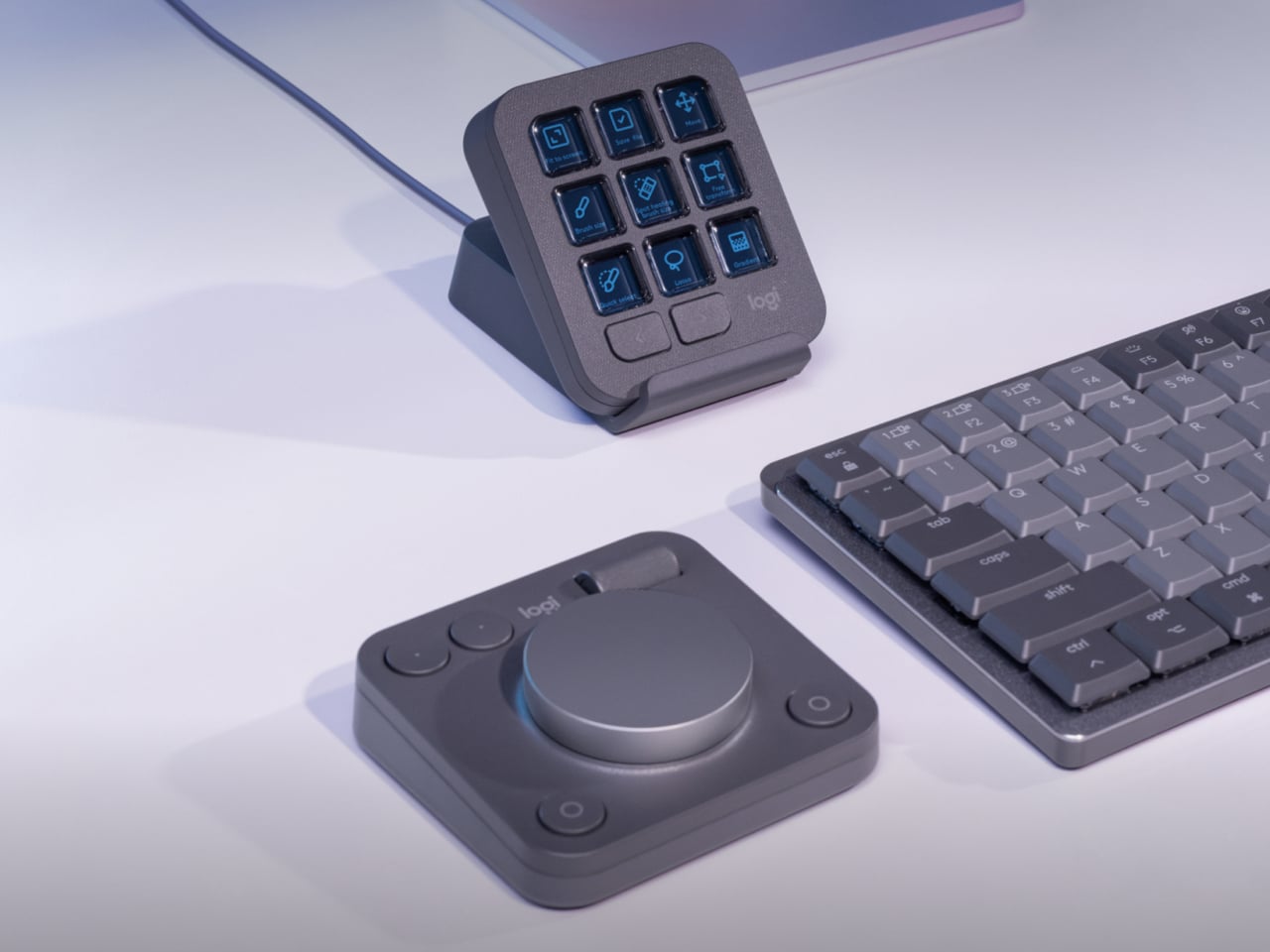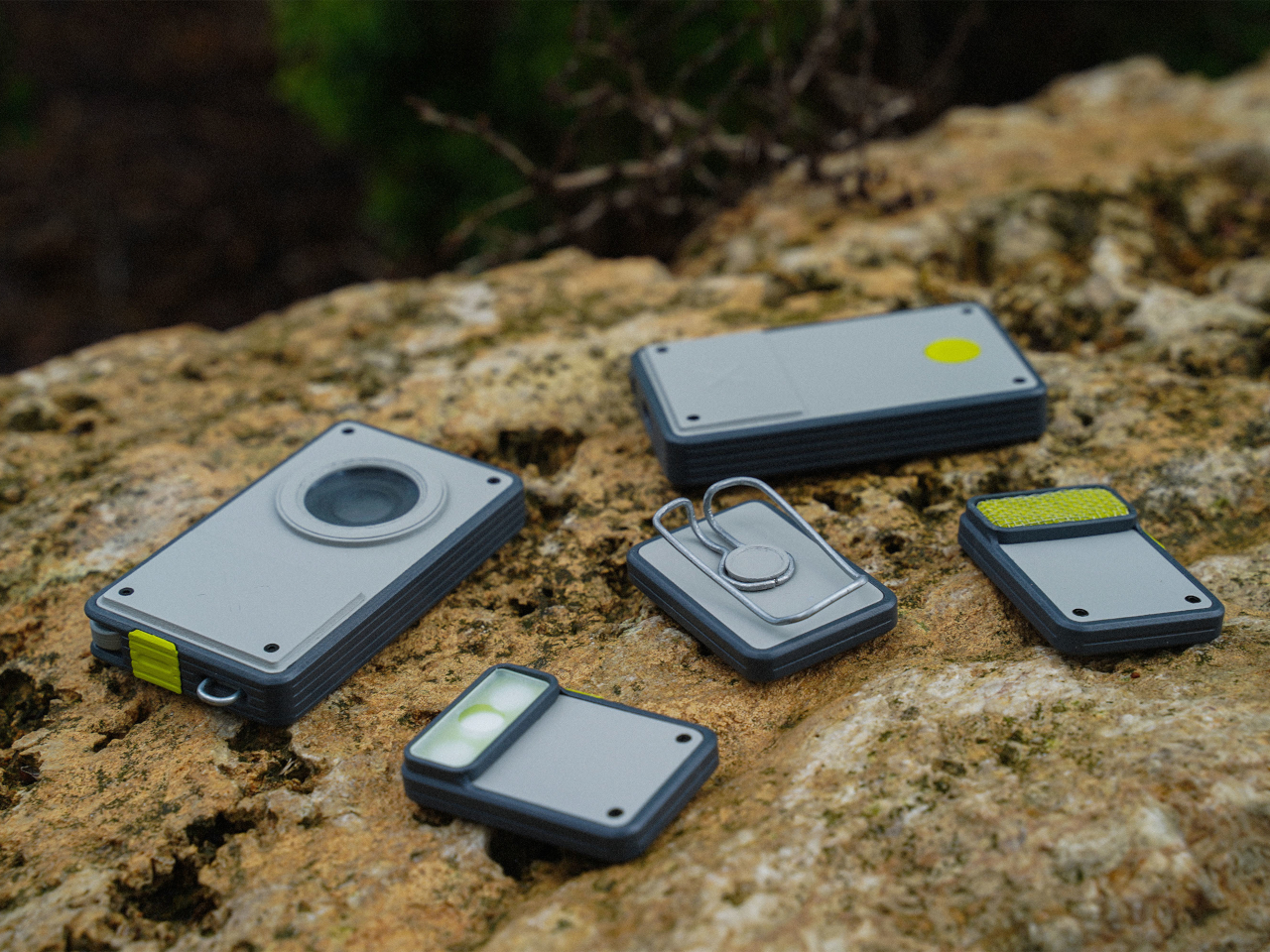Cyberpunk-themed power socket box concept removes a reason to hide your cables
Cable management and hiding is not only a trend; it has even become an art form. Messy cables don’t just get in the way but are also an eyesore. But what if the cables become part of the desk’s aesthetic? What if the power strip or socket box actually gave you a reason to have those charging wires out in the open? That’s the idea behind this socket box design that appeals to gamers, geeks, and gadget lovers by giving their desks a cyberpunk aesthetic. At the same time, it also makes cable management simpler by not having to hide wires and cables in the first place.
Designer: PTPC
![]()
![]()
![]()
It has become en vogue to hide power sockets and charging ports from view, whether disguising themselves as part of the desk or simply placing them behind tables. While that may be an effective way to reduce the visual mess, it also means most of these outlets are harder to reach. You shouldn’t have to sacrifice convenience for aesthetics, especially if the aesthetic you’re aiming for isn’t the kind that adheres to clean and tidy arrangements.
![]()
![]()
![]()
![]()
Trozk is a “hardcore” socket box that makes you want to actually have your wires in plain sight by embracing the popular cyberpunk theme. As the name itself implies, this genre’s design language is sometimes messy, unrefined, and even garish. You have tangled cables, neon lights, and geometric shapes in abundance, though still executed in a stylistic and intentional manner.
![]()
![]()
![]()
The socket box concept is aptly big, boxy, and flashy. On the top, you have six universal power outlets arranged in a 2×3 grid that can accommodate almost any plug type. Beside them is a square with small LED indicators and a square LCD display for information such as power input, output, and the like. Off to the side are USB ports for charging mobile devices. The concept incorporates GaN (Gallium Nitride) technology to handle the load of having 10 ports putting out power.
![]()
![]()
![]()
Like any cyberpunk-themed gadget, Trozk has RGB lighting that highlights the top surface of the box as well as the branding in front. Because of its interesting visual, the socket box is clearly designed to be shown off, even when there are cables coming out of it. That makes it easier to plug and remove chargers at will, while also giving your desk or shelf a sci-fi vibe. Of course, you’ll still have to make sure your cables don’t get tangled up, but at least now you’ll have a cyberpunk excuse for the mess.
![]()
![]()
![]()
The post Cyberpunk-themed power socket box concept removes a reason to hide your cables first appeared on Yanko Design.
